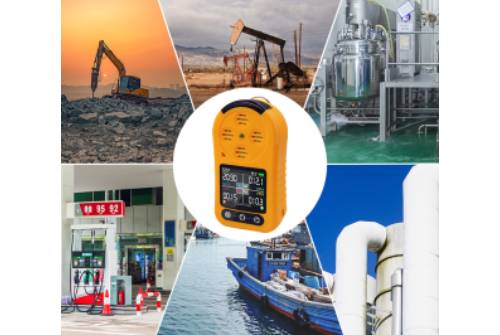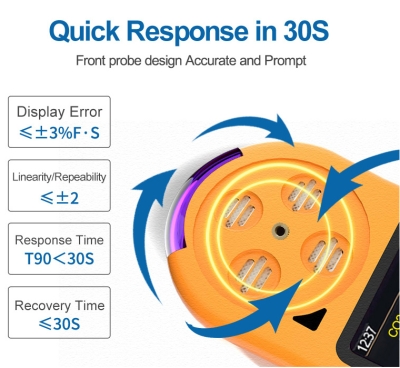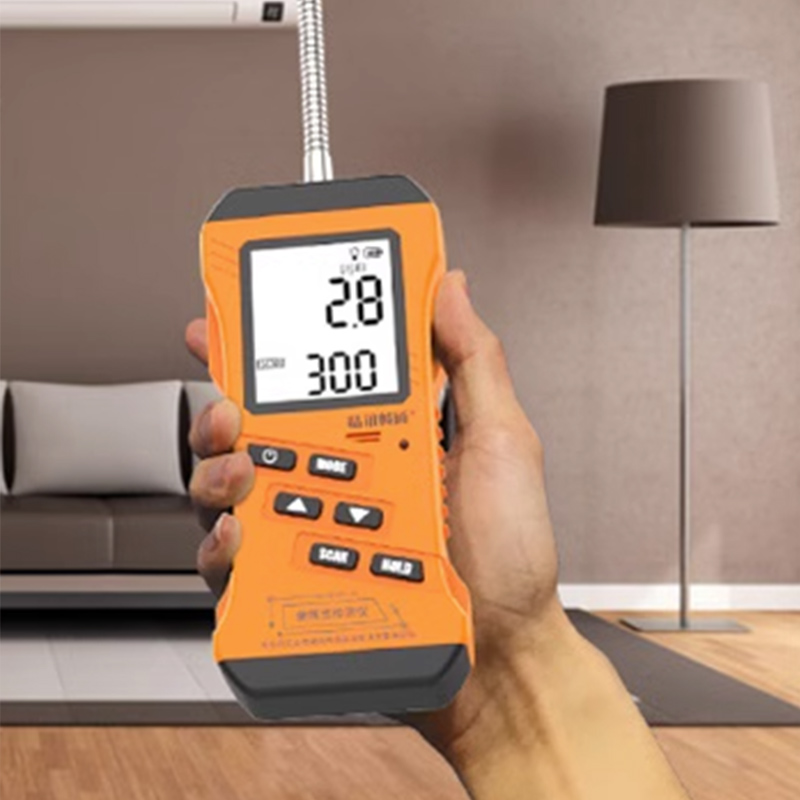Gas sensors introduction

Gas sensors are essential tools for environmental monitoring, providing real-time detection and measurement of various air pollutants. These devices play a crucial role in assessing air quality, identifying sources of pollution, and safeguarding public health. This essay explores the significance of gas sensors in environmental monitoring, their applications across different industries, and the implications for environmental sustainability.
Applications in Industrial and Urban Environments

We use a wide range of gas sensor in industrial and urban environments to monitor air quality and detect harmful emissions. These sensors enable industrial facilities, urban authorities, and environmental agencies to identify the presence of pollutants such as volatile organic compounds (VOCs), nitrogen oxides (NOx), and particulate matter. By providing real-time data on air quality, gas sensor support pollution control measures, emission reduction strategies, and the protection of public health in densely populated areas.
Importance in Occupational Safety
Gas sensors are critical for ensuring occupational safety in various industries, including manufacturing, chemical processing, and oil and gas production. These sensors are used to detect toxic gases, flammable vapors, and oxygen levels in work environments, helping to protect workers from potential exposure to hazardous substances. Gas detectors enable employers to implement effective safety protocols, emergency response procedures, and ventilation systems to mitigate the risks associated with workplace exposure to harmful gases.
Role in Environmental Compliance

Gas sensors play a pivotal role in environmental compliance by enabling businesses and regulatory agencies to monitor air emissions, assess pollutant levels, and demonstrate adherence to environmental regulations. These sensors facilitate the continuous monitoring of air quality around industrial facilities, power plants, and transportation hubs, providing valuable data for regulatory reporting and compliance assessments. By integrating gas detectors into environmental management systems, businesses can proactively identify emission sources, minimize environmental impact, and demonstrate their commitment to sustainable operations.
Technological Advancements

Advancements in sensor technology, data processing, and connectivity have driven the evolution of gas sensors, leading to the development of highly sensitive, accurate, and reliable devices. Modern gas sensors are equipped with advanced detection technologies, data logging capabilities, and wireless communication systems, enabling real-time monitoring and remote data access. Furthermore, the integration of gas sensors with cloud-based platforms and predictive analytics facilitates data visualization, trend analysis, and proactive maintenance, empowering businesses and environmental agencies to make informed decisions regarding air quality management and pollution control.
Challenges and Opportunities
While gas sensors offer significant advantages, challenges related to sensor calibration, cross-sensitivity, and maintenance requirements persist. Ensuring the accuracy and reliability of gas sensor readings necessitates regular calibration, quality assurance, and adherence to manufacturer specifications. Additionally, addressing cross-sensitivity issues and potential interferences from environmental factors presents opportunities for sensor innovation and algorithmic refinement to enhance data accuracy and reliability. Furthermore, promoting user training, best practices, and standardized protocols for gas sensor usage presents opportunities for improving the effectiveness of air quality monitoring programs and ensuring the safety of workers and the environment.
Sum up
In conclusion, gas sensors are indispensable for environmental monitoring, providing critical information on air quality and pollutant levels. These devices play a vital role in safeguarding public health, supporting environmental compliance, and promoting sustainable industrial practices. As technology continues to advance, the integration of gas sensors with data analytics and remote monitoring capabilities holds promise for further enhancing their role in environmental protection and sustainability.
